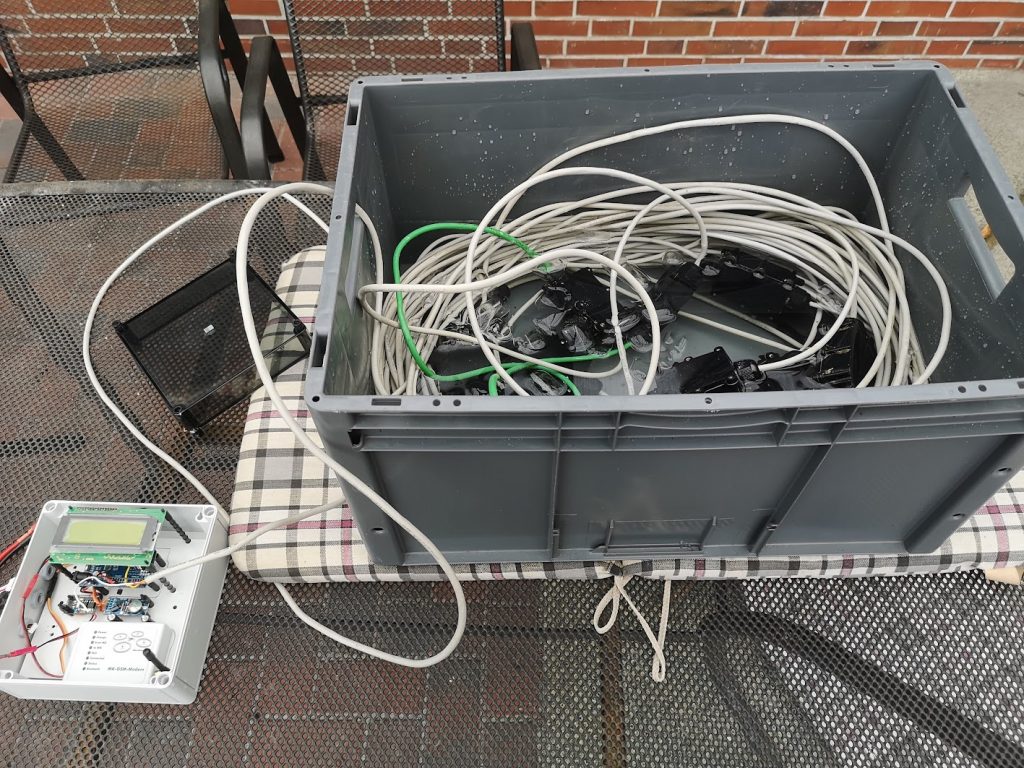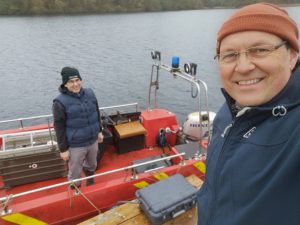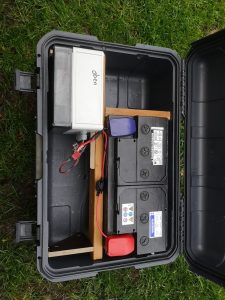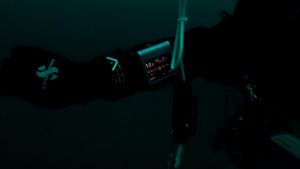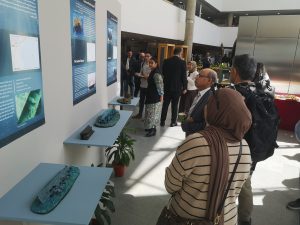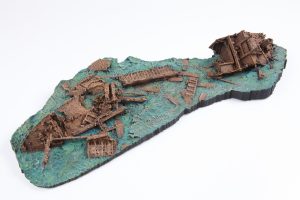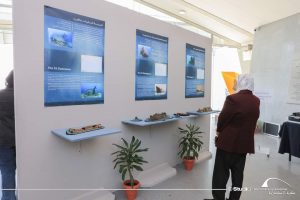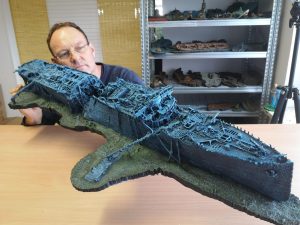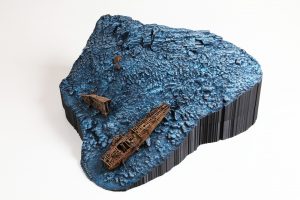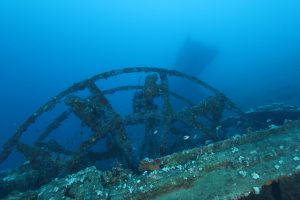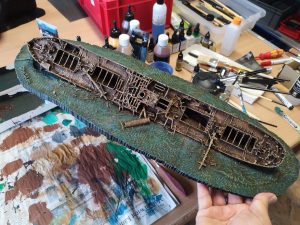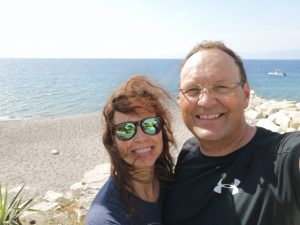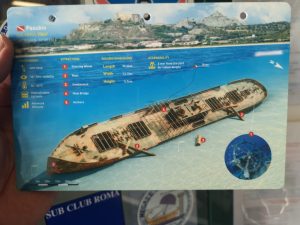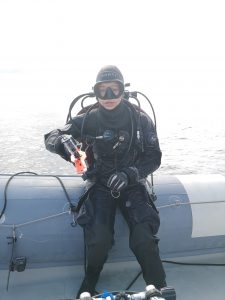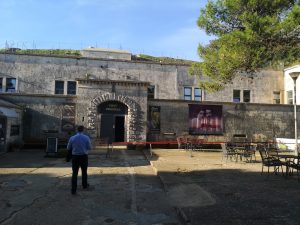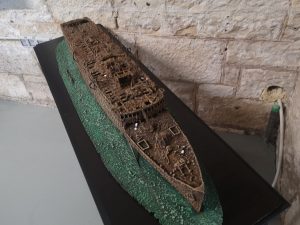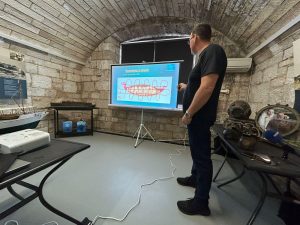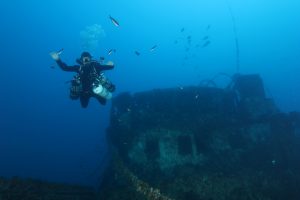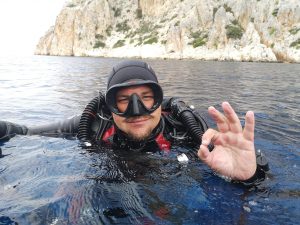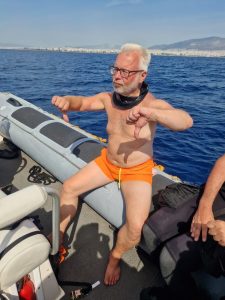She was on my ‘Bucket List’, since we dived her in 2018. Not far from the Thistlegorm, but at least as beautiful. I never in my life thought we would come back six years later to digitize her!
This is a dive for experienced divers. If you are on a liveaboard nearby and have inexperienced divers with you, then the dive guides will definitely not suggest the wreck. And if you ask about it, they will answer “No, because of weather…”.

Link to the model here: Rosalie Moller
You can get the 3D-Files here: Link
Legendary
What does a wreck have to have to achieve a legendary reputation in diving circles? It must be below the depth that separates the purely holiday diver from the experienced recreational diver, but not so deep that it is only accessible to a handful of people. It needs an exciting story and a fateful sinking.
The condition of the ship should be largely intact, inside and out: divers still have to come across those small details that together give the impression that they are looking at an almost virgin ruined ship – and not a looted one. For a wreck to become legendary in diving circles, it must above all appear mystical and mysterious: like the “Rosalie Moller”.

Photogrammetry
We dived the wreck early on the trip. The timing was such that Nicola and I were alone at the wreck and the others only dived when we were already in the deco. It was an option that we could come back on the end of the trip, just in case I missed one spot of the wreck. So, I processed the rendering of the wreck during the time on board. But the model came out almost flawless and would be good enough for a nice 3D print.
The team
We dived the ROSALIE during the 2 weeks trip of the Red Sea Wreck Academy in the Red Sea with Peter Collings (https://www.deeplens.com/). We went with the MY CHARLOTTE. This was our best wreck trip in Red sea ever! No crowded places and we concentrated on wrecks only. Peter is a legend in wreck diving and his briefings were exceptional.































































